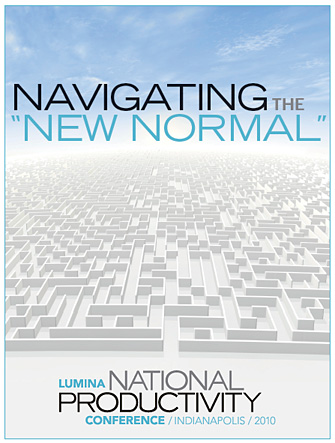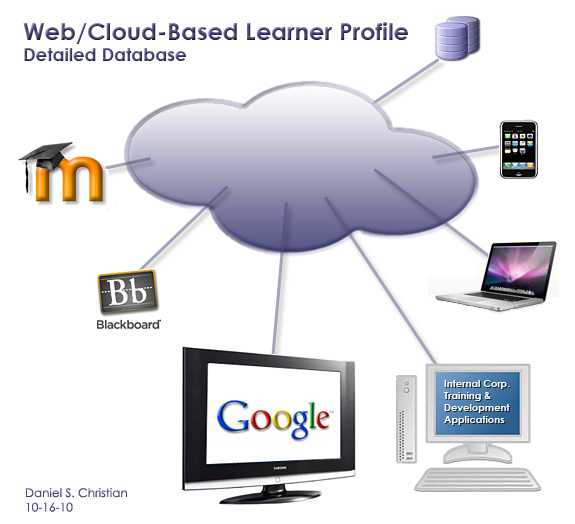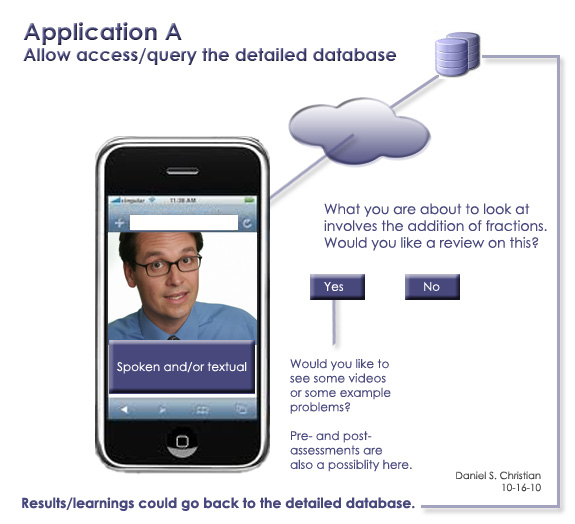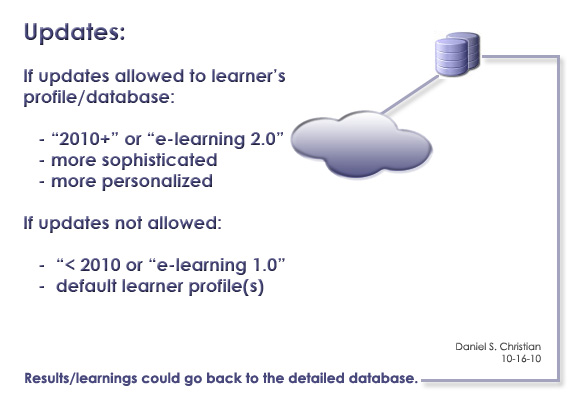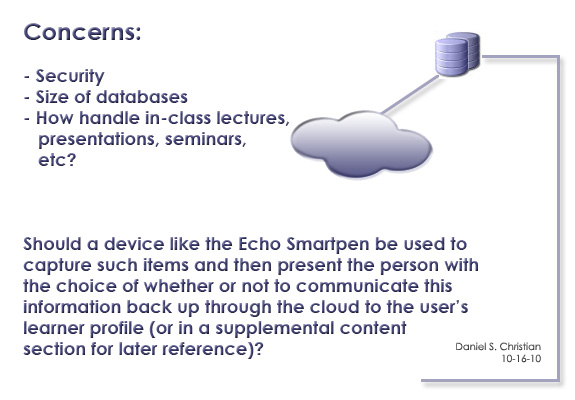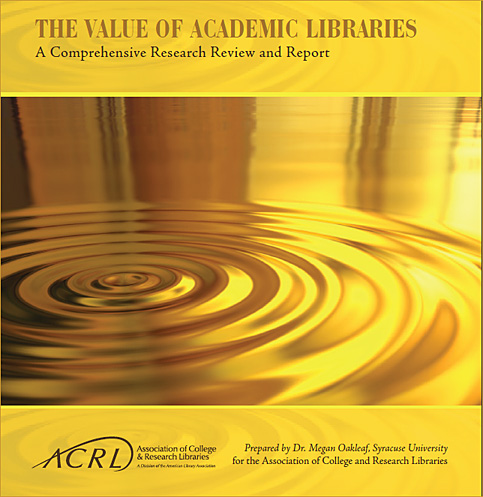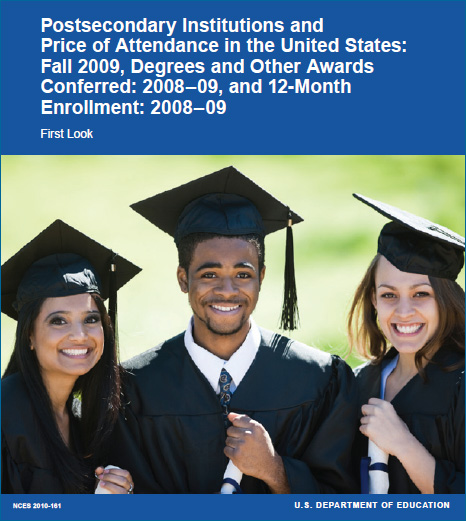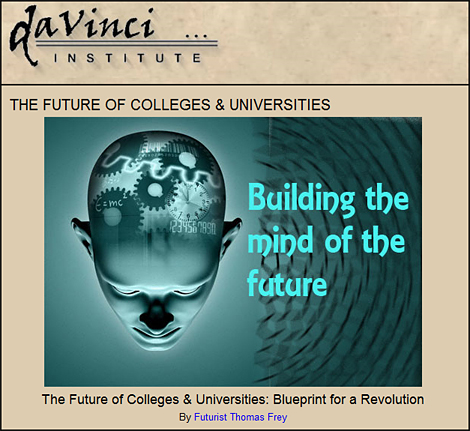— resource from StraighterLine.com’s blog
.
CONCLUSION: THE IMPERATIVE FOR CHANGE
After centuries of excellence and decades of cyclical recessions, higher education has developed some bad habits. When facing budget shortfalls, colleges and universities have not always adequately addressed underlying cost drivers and have instead pursued short-term solutions. Today, the need for fundamental changes is inescapable. The demand for highly skilled workers is unavoidable, the economic effects of a better-educated nation unequivocal—the United States needs more college-educated workers than ever.
A half century ago, higher education helped transform America’s World War II fighting force into a powerful labor force. In unpredicted and unprecedented ways, colleges and universities expanded and met the challenge of educating millions of returning GIs. They responded with heart and innovation. Today, higher education faces another challenge. The road ahead can become a deep plunge into a fiscal morass, a financing disaster that results in severely limited opportunity — or it can become an invigorating time of innovation, strategic cutting and reinvestment, with a laser focus on student completion. Through your leadership, we can work together to reinvent higher education and ensure continued progress toward the Big Goal.









